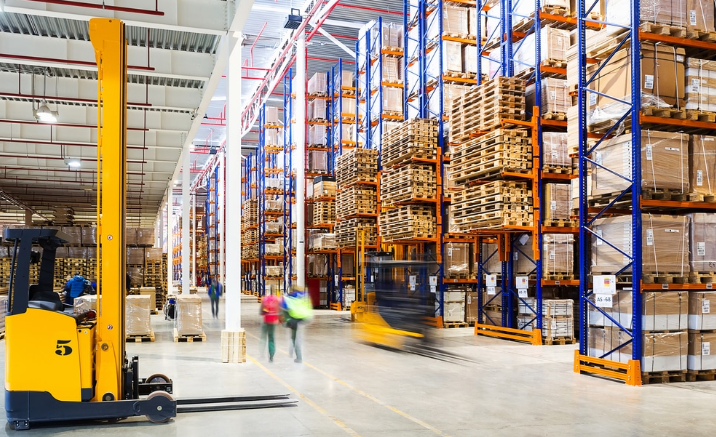The landscape of warehousing has undergone a significant transformation with the advent of advanced technologies. Third-Party Logistics (3PL) providers are at the forefront of this change, leveraging cutting-edge tools to enhance efficiency, accuracy, and customer satisfaction. In this blog post, we’ll explore how technology is revolutionizing 3PL warehousing and what the future holds for this dynamic industry.
The Rise of Automation and Robotics
Automation and robotics have become integral components of modern 3PL Bridge warehousing. Automated systems can handle repetitive tasks with precision, reducing human error and increasing productivity. For instance, automated guided vehicles (AGVs) and robotic arms can move, sort, and stack goods efficiently, freeing up human workers to focus on more complex tasks. Below are some of the benefits of automation:
- Increased Efficiency: Automation speeds up processes such as picking, packing, and sorting, leading to faster order fulfillment.
- Reduced Labor Costs: By automating repetitive tasks, 3PL providers can reduce labor costs and allocate human resources more effectively.
- Enhanced Accuracy: Automated systems minimize the risk of errors in inventory management, ensuring that customers receive the correct products on time.
Optimizing Operations
Data analytics is another powerful tool transforming 3PL warehousing. By analyzing vast amounts of data, 3PL providers can gain valuable insights into their operations, identify inefficiencies, and make data-driven decisions to improve performance.
- Demand Forecasting: Predictive analytics helps 3PL providers anticipate demand fluctuations and adjust inventory levels accordingly.
- Route Optimization: Analyzing delivery routes can lead to more efficient transportation, reducing fuel costs and delivery times.
- Inventory Management: Real-time data allows for better tracking of inventory levels, reducing the risk of stockouts or overstock situations.
The Future of AI and Machine Learning
Artificial Intelligence (AI) and machine learning are set to play an even more significant role in the future of 3PL warehousing. These technologies can enhance decision-making processes, optimize supply chain operations, and provide personalized services to customers.
Potential Impacts
- Predictive Maintenance: AI can predict when equipment is likely to fail, allowing for proactive maintenance and reducing downtime.
- Personalized Customer Service: Machine learning algorithms can analyze customer data to offer personalized recommendations and improve the overall customer experience.
- Supply Chain Optimization: AI can analyze complex supply chain data to identify inefficiencies and suggest improvements, leading to more streamlined operations.
Embracing Innovation
3PL providers that embrace technological innovation are better positioned to meet the evolving demands of their customers. By integrating automation, data analytics, and AI into their operations, these providers can offer faster, more reliable, and cost-effective services.
Conclusion
The integration of technology in 3PL warehousing is not just a trend but a necessity for staying competitive in today’s fast-paced market. As technology continues to evolve, 3PL providers will need to adapt and innovate to deliver the high level of service that customers expect. Embracing these advancements will enable 3PL warehousing to reach new heights of efficiency and effectiveness, ultimately benefiting businesses and consumers alike.

